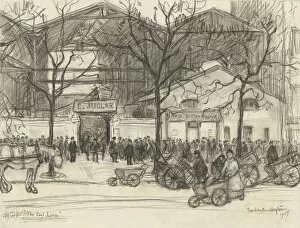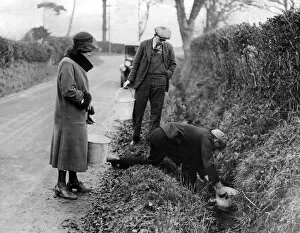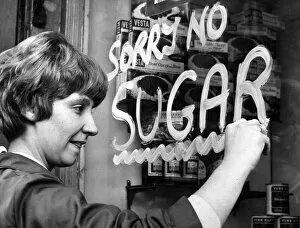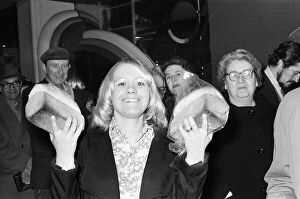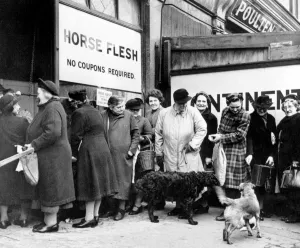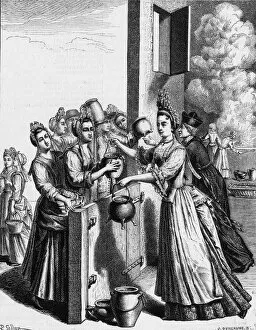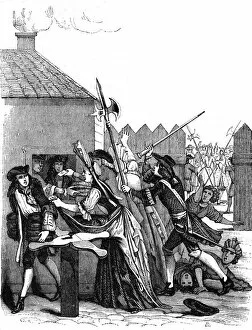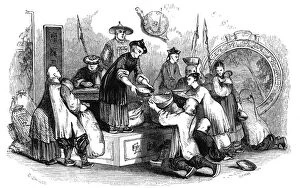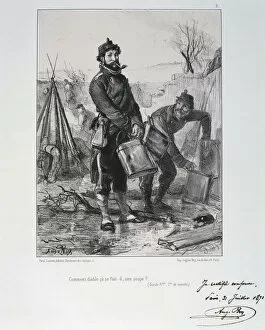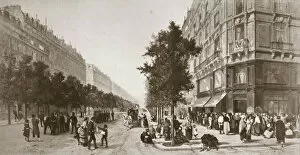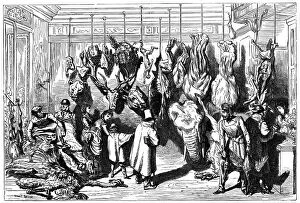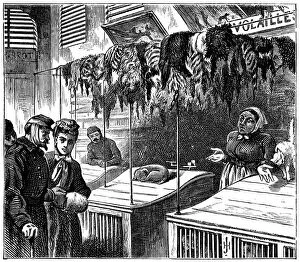Shortage Collection (page 3)
During times of shortage, the world has witnessed both struggles and innovative solutions
All Professionally Made to Order for Quick Shipping
During times of shortage, the world has witnessed both struggles and innovative solutions. In 1914, as World War I raged on, David Lloyd George's visit to Newport highlighted the impact of scarcity on local communities. The postcard "Apres la Guerre No. 3" by George Ranstead depicted a somber aftermath where shortages were evident in every corner. As wars demanded resources, gas storage tanks became crucial targets for both sides. The Ministry of Food's advert from 1940 emphasized the importance of rationing during wartime, urging citizens to make do with limited supplies. Fish and chips emerged as a popular meal during this era when food options were scarce but still managed to bring comfort amidst chaos. The oil crisis in 1979 caused long queues at service stations in Maryland captured by Warren K. Leffler's photograph. As people anxiously waited for fuel, it was clear that energy shortages affected daily life profoundly. Similarly, the Nimrod Antarctic Expedition faced immense challenges due to scarcity while venturing towards the furthest point South. In times of winter crisis, alternative methods like extracting heating from earth and water offered respite from traditional fuel sources that were running low or inaccessible. During World War II, rationed clothes became a norm as resources were redirected towards military efforts instead of fashion production. Cartoons depicting scenes during fat shortages showcased how humor helped alleviate some tension surrounding scarcities experienced by different societies throughout history. A Hungarian public information card encouraged citizens to grow oil seeds for soap production amid supply constraints. Lastly, examining how housing shortage was met in 1920 sheds light on society's resilience even during challenging times; creative solutions arose out of necessity when resources were limited. Throughout history, various forms of scarcity have tested humanity's ability to adapt and find alternatives amidst adversity.







